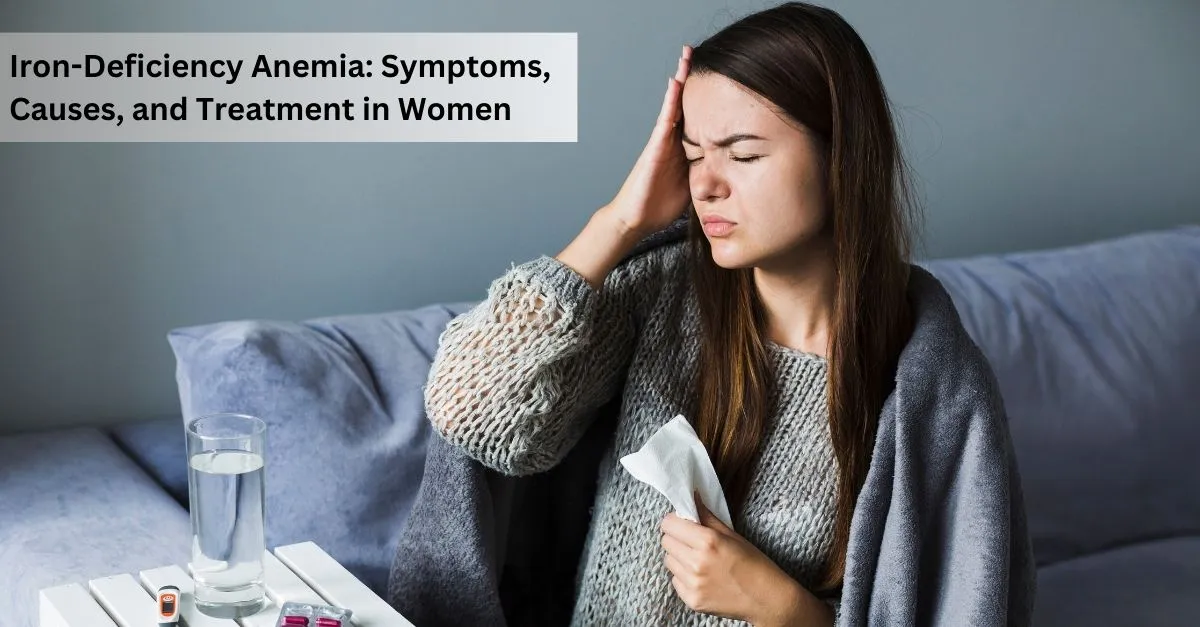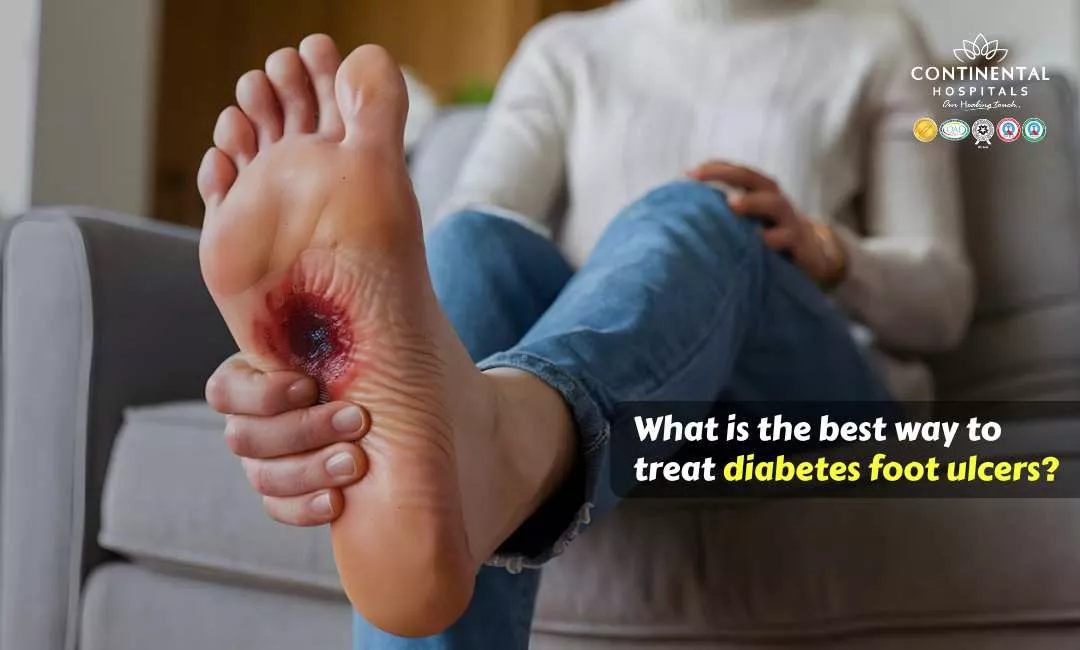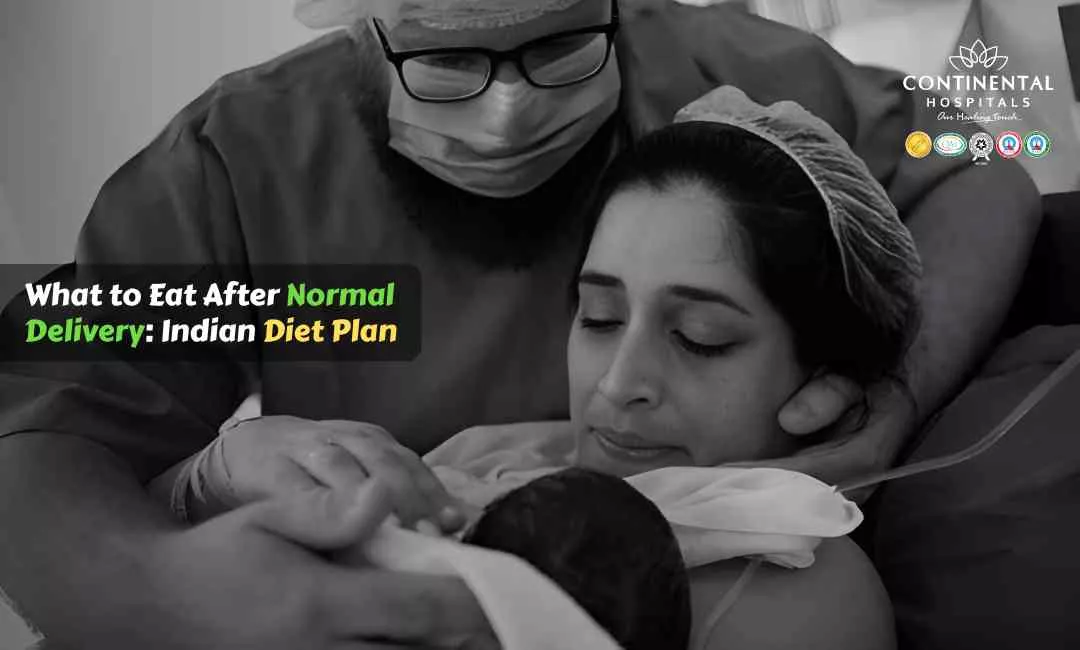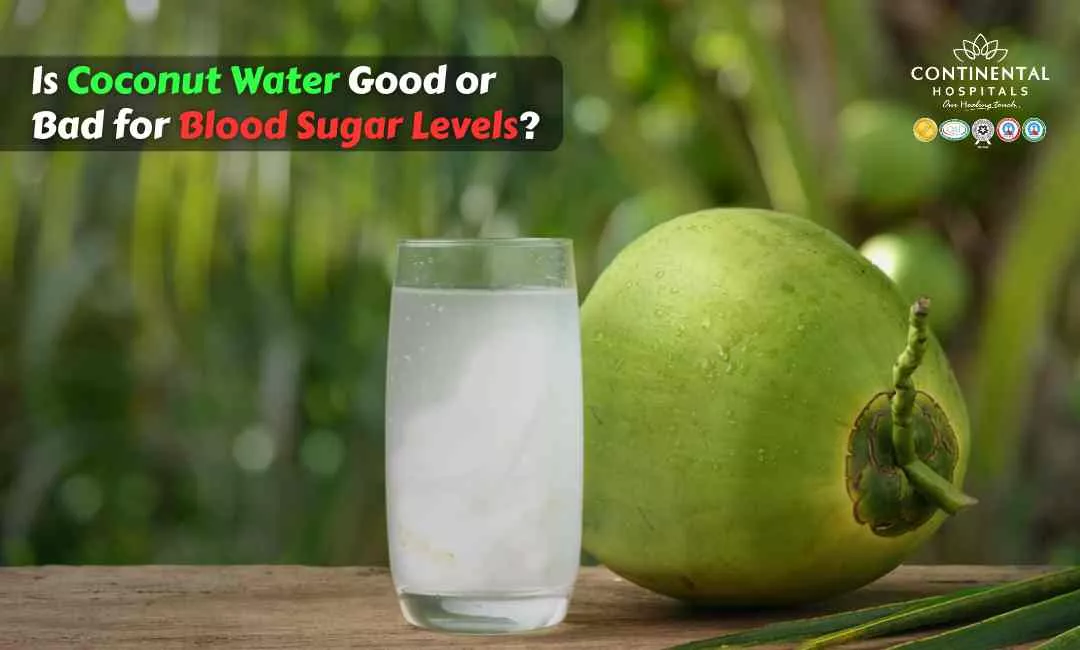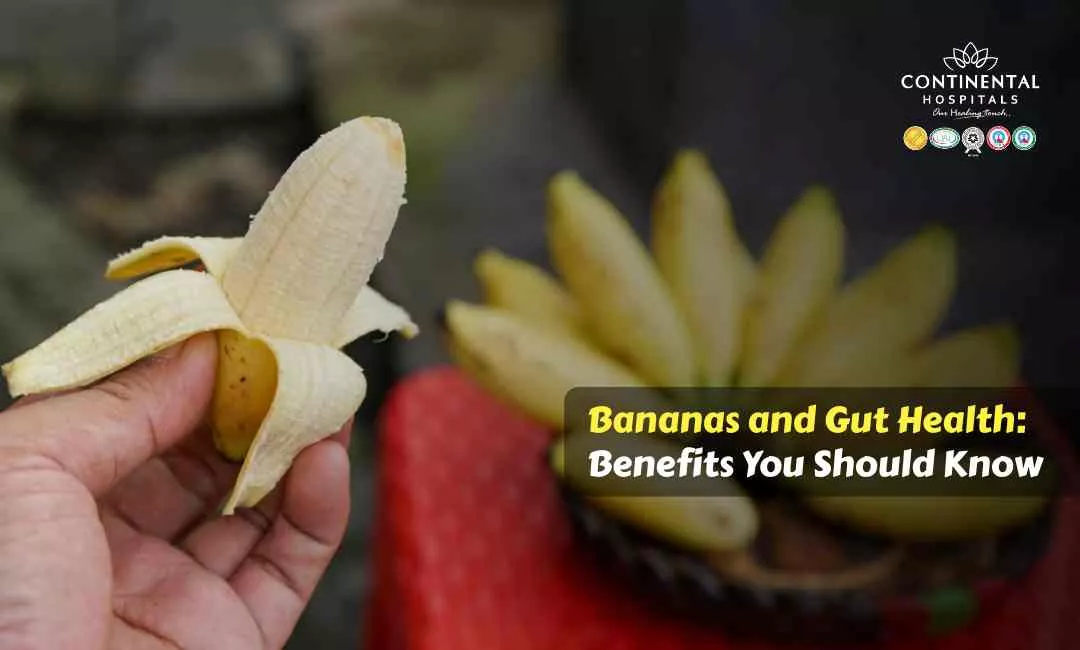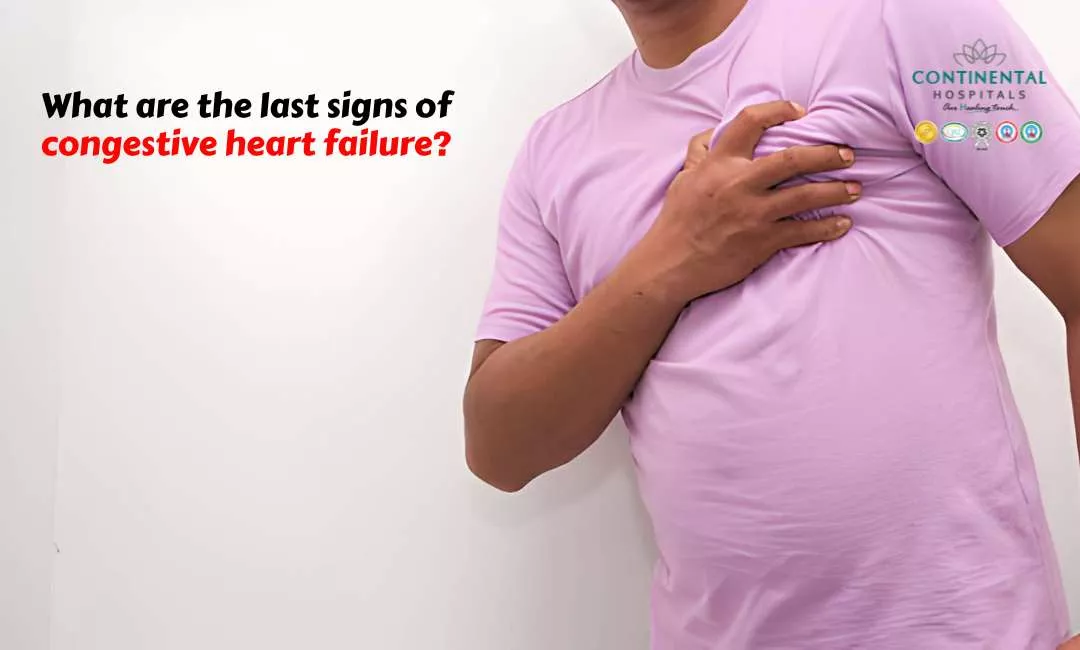Iron-deficiency anemia is a common condition that affects women worldwide. It occurs when your body lacks an adequate supply of iron, leading to a decreased number of red blood cells. This condition can be particularly prevalent in women due to factors such as menstruation, pregnancy, and dietary choices. In this article, we'll delve into the symptoms, causes, and effective treatments for iron-deficiency anemia in women.
Understanding Iron-Deficiency Anemia
Before we dive into the specifics, it's essential to grasp the basics of anemia. Anemia refers to a deficiency of healthy red blood cells or a reduced ability of these cells to transport oxygen throughout the body. Iron-deficiency anemia is the most common type of anemia, accounting for about 50% of all anemia cases worldwide.
Symptoms of Iron-Deficiency Anemia
Recognizing the symptoms of iron-deficiency anemia is crucial for early diagnosis and effective treatment. While the severity of these symptoms can vary from person to person, here are some common signs to watch out for:
Fatigue: One of the most prevalent symptoms of iron-deficiency anemia is overwhelming fatigue. You might feel tired and weak, even after getting a full night's sleep.
Pale Skin: Anemia can lead to paleness in your skin and the mucous membranes inside your mouth and lower eyelids.
Shortness of Breath: A decreased number of red blood cells means less oxygen is being transported to your body's tissues. This can lead to shortness of breath, especially during physical activities.
Dizziness and Lightheadedness: Anemia can cause dizziness and a feeling of lightheadedness, particularly when standing up or after exertion.
Cold Hands and Feet: Poor circulation of oxygen-rich blood can result in cold extremities.
Headaches: Frequent and severe headaches can be a symptom of iron-deficiency anemia.
Brittle Nails: Your nails may become brittle and prone to breaking easily.
Craving Non-Nutritive Substances: A condition known as pica, where individuals crave and sometimes consume non-food items like ice, dirt, or paper, can be associated with iron-deficiency anemia.

Consult with a General Physician if you suspect you have iron-deficiency anemia, as it can lead to more serious health problems if left untreated.
Causes of Iron-Deficiency Anemia in Women
While iron-deficiency anemia can affect people of all ages and genders, women are particularly susceptible due to several specific factors:
Menstruation: Women of childbearing age often experience heavy menstrual bleeding, which can lead to significant iron loss over time.
Pregnancy: During pregnancy, a woman's body requires more iron to support the growing fetus. If the iron intake isn't sufficient, it can result in anemia.
Breastfeeding: Nursing mothers need extra iron to produce breast milk, and without an adequate supply, they may become anemic.
Vegetarian or Vegan Diet: Women who follow strict vegetarian or vegan diets may be at greater risk of iron-deficiency anemia as they might not get enough heme iron, the type of iron found in animal products.
Gastrointestinal Disorders: Conditions such as celiac disease or inflammatory bowel disease can interfere with the absorption of iron in the digestive system.
Blood Loss: Injury, surgery, or gastrointestinal bleeding can lead to a loss of red blood cells, causing iron-deficiency anemia.
Diagnosis and Tests
If you suspect you have iron-deficiency anemia, it's essential to seek medical evaluation and diagnosis. Your healthcare provider may conduct several tests, including:
Complete Blood Count (CBC): This blood test measures various components of your blood, including red blood cell count, hemoglobin, and hematocrit. Low levels in these components can indicate anemia.
Ferritin Test: Ferritin is a protein that stores iron in your body. Low levels of ferritin indicate low iron stores.
Iron Blood Test: This measures the amount of iron in your blood. Low iron levels, in conjunction with low ferritin levels, suggest iron-deficiency anemia.
Stool Test: If gastrointestinal bleeding is suspected, a stool test can help identify blood in the stool, indicating a potential source of blood loss.
Treatment Options for Iron-Deficiency Anemia
The good news is that iron-deficiency anemia is highly treatable. The appropriate treatment will depend on the underlying cause and severity of the anemia. Here are some common treatment options:
Iron Supplements: If your iron levels are significantly low, your healthcare provider may recommend iron supplements. These are available over-the-counter or by prescription and can help raise your iron levels. It's essential to follow your healthcare provider's advice on the appropriate dosage and duration.
Dietary Changes: In mild cases or as a preventive measure, dietary adjustments can be highly effective. Increasing your intake of iron-rich foods, such as red meat, poultry, seafood, beans, and dark leafy greens, can boost your iron levels.
Vitamin C Supplementation: Consuming vitamin C-rich foods or supplements can enhance the absorption of non-heme iron (found in plant-based foods). Try combining iron-rich foods with those high in vitamin C, like oranges or bell peppers.
Treating the Underlying Cause: If your anemia is linked to a specific medical condition, such as gastrointestinal bleeding or heavy menstrual bleeding, treating the underlying cause can be essential. This may involve surgery or medications to stop the bleeding.
Blood Transfusion: In severe cases of iron-deficiency anemia where your health is at risk, a blood transfusion may be necessary to replenish your red blood cell count.
Intravenous Iron: When oral iron supplements are not effective or cause digestive issues, intravenous iron infusions may be used to deliver iron directly into your bloodstream.
Preventing Iron-Deficiency Anemia
Prevention is always better than cure. Here are some strategies to prevent iron-deficiency anemia in women:
Dietary Awareness: Consume a balanced diet rich in iron-containing foods. Be especially mindful of including red meat, poultry, fish, and plant-based sources of iron.
Vitamin C Intake: Pair iron-rich foods with those high in vitamin C to enhance iron absorption.
Manage Menstrual Health: If you have heavy periods, consider discussing options to manage your menstrual flow with your healthcare provider.
Prenatal Care: If you're pregnant, ensure you receive proper prenatal care, including iron supplements, to meet your increased iron needs.
Regular Check-Ups: Routine check-ups can help identify and address anemia before it becomes severe.
Avoid Excessive Caffeine and Calcium: Consuming large amounts of caffeine and calcium-rich foods can hinder iron absorption. Be mindful of your consumption.
Conclusion
Iron-deficiency anemia is a prevalent condition that disproportionately affects women. Understanding its symptoms, causes, and treatment options is essential for managing and preventing this condition. If you suspect you have iron-deficiency anemia, don't hesitate to seek medical advice. With the right treatment and lifestyle adjustments, you can regain your energy and well-being, ensuring a healthy and vibrant life.
Consult with a General Physician if you suspect you have iron-deficiency anemia, as it can lead to more serious health problems if left untreated.
Remember, this article provides general information and should not be considered a substitute for professional medical advice. Always consult with a healthcare provider for accurate diagnosis and personalized treatment recommendations.
Recent Blog Topic:
1. Healthy Eating in the Age of Food Delivery Apps
2. How To Improve Your Gut Health and Manage Your Weight
3. Healthy Eating Habits to Prevent and Manage Obesity
.webp)

